In a 1971 Formula 1 season dominated by Tyrrell, defending champion Lotus slumped to a disappointing fifth.
Both teams, along with every other customer team save for March, were using the era-defining Ford Cosworth DFV, a 3.0-litre V8 of relatively simple construction.
Look further down that year’s constructors’ championship table, however, and you’ll see that Lotus appears again, among the non-points-scoring teams, with Pratt & Whitney suffixed to its name.
The out-of-place appearance of the American aeronautical engineering company is the result of the Lotus 56B, another bright idea from the mind of Colin Chapman.
In 1967, a gas turbine car entered by oil company STP had come near to winning the Indianapolis 500. This powerplant was a modified verison of Pratt & Whitney’s Canada PT6, a turboprop engine well known to civil aviators.
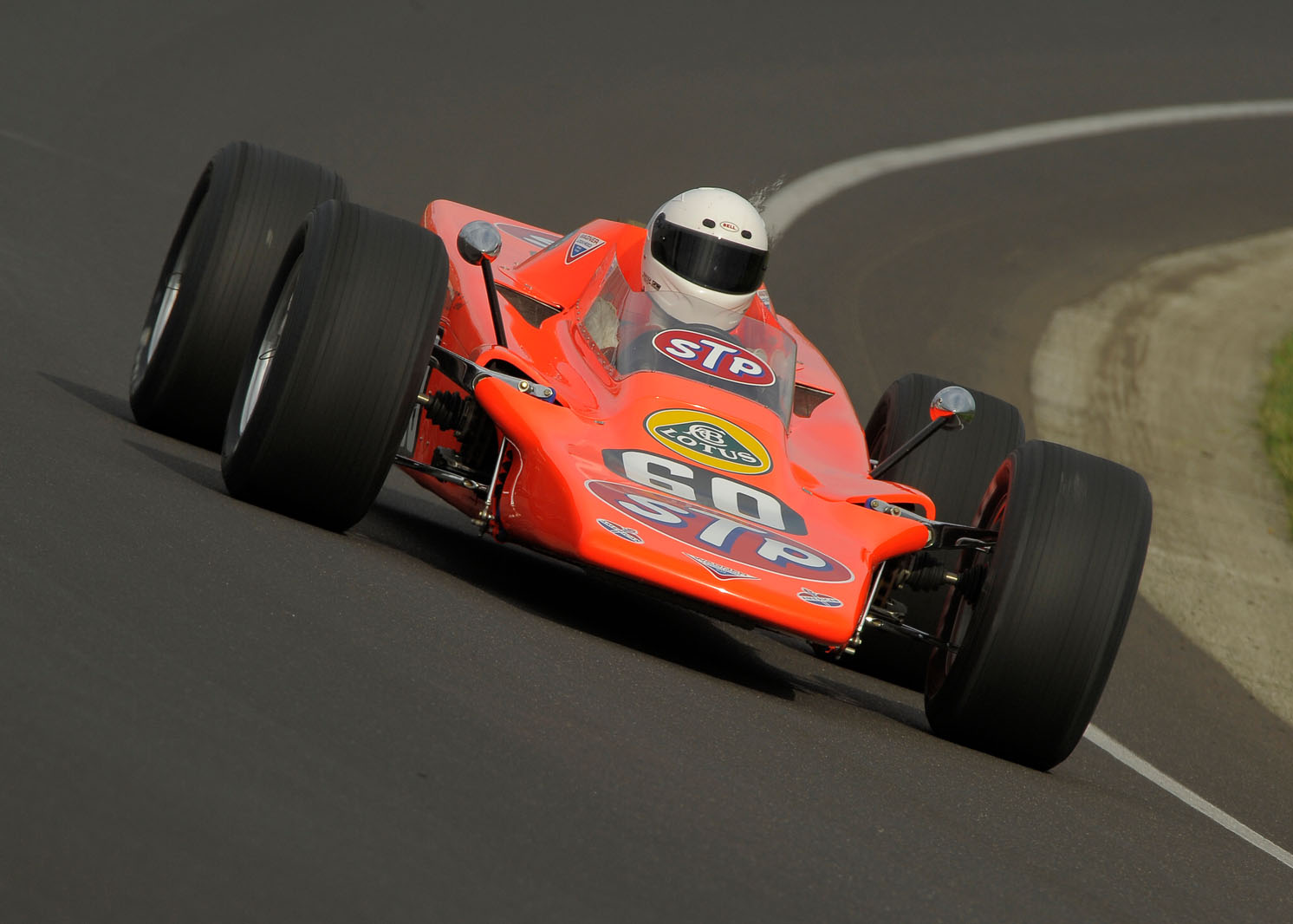
In the simplest of terms, a turbine sucks air through a compressor, increasing its pressure. The air then enters the combustion chamber, where it is mixed with fuel so that the mixture ignites. This high-temperature gas then powers a turbine, which then turns the driveshaft. Jet engines are very similar in their operation.
In the 1968 race, an updated version of that engine was used in the specially designed Lotus 56. One of the three cars entered took a record-beating pole position, only for its fuel pump to fail right at the death with the car in the lead. The promise was evident.
Three years later, Autocar’s Edward Eves examined the B-spec version ahead of its grand prix debut.
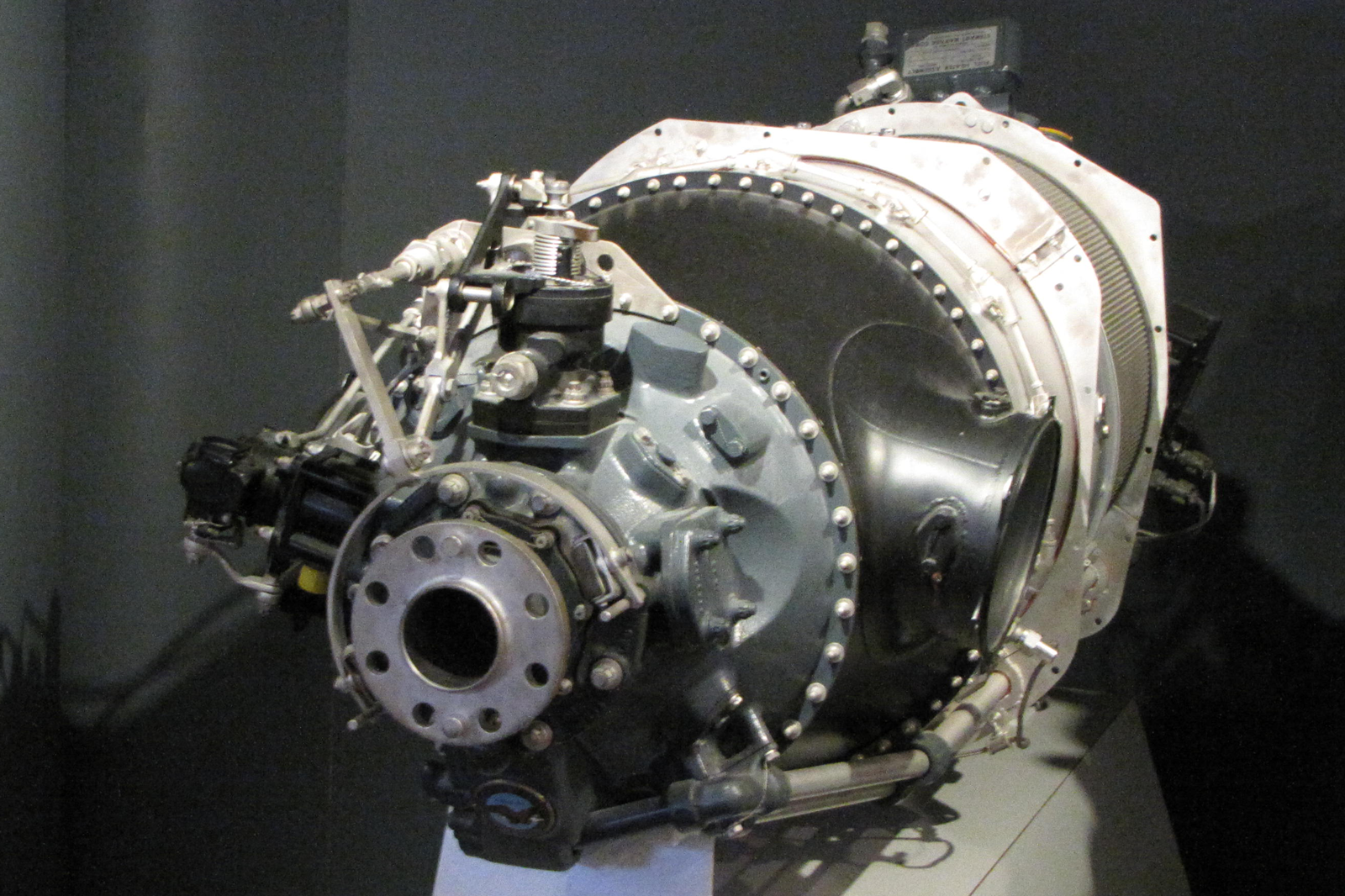

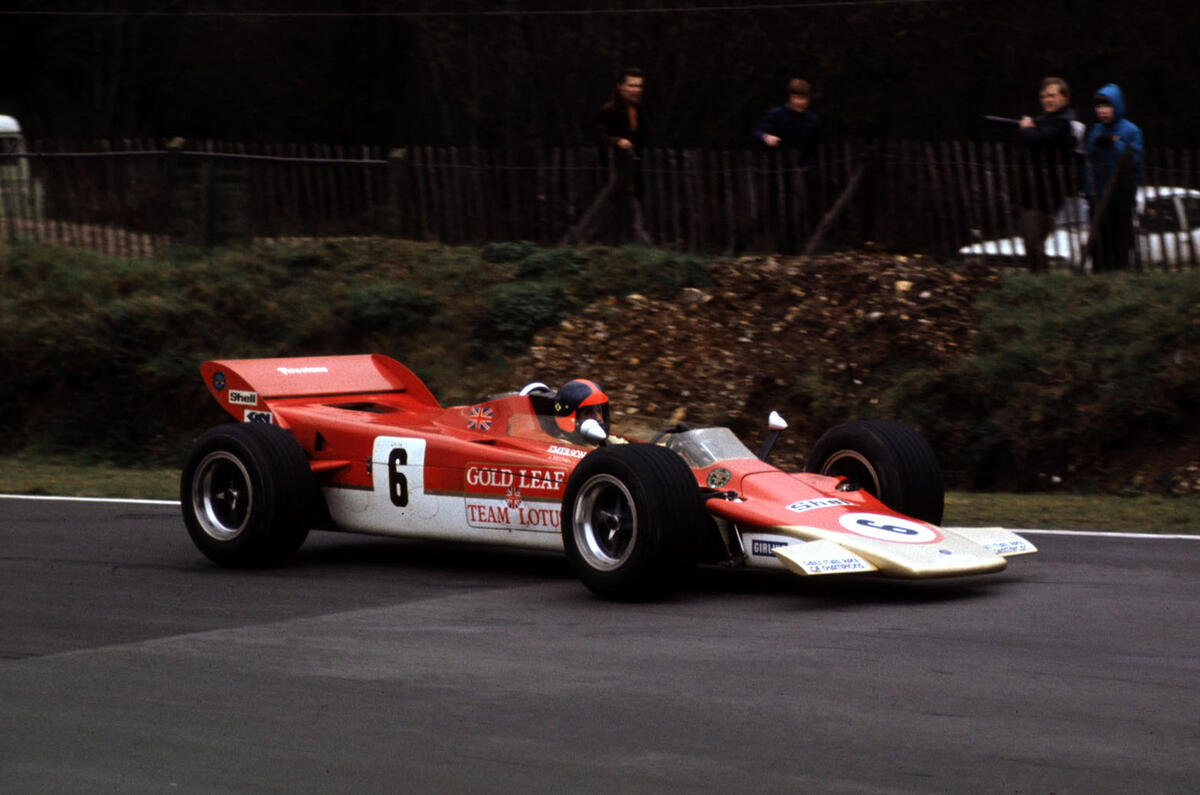
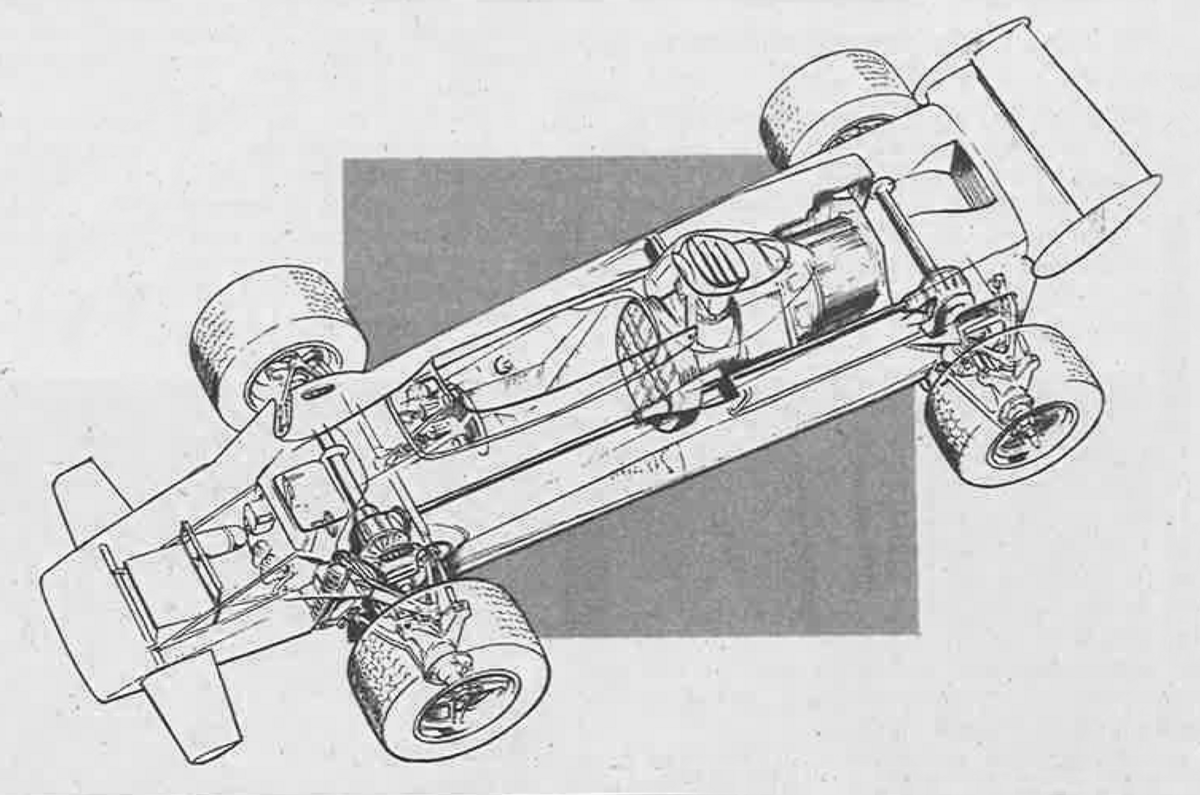
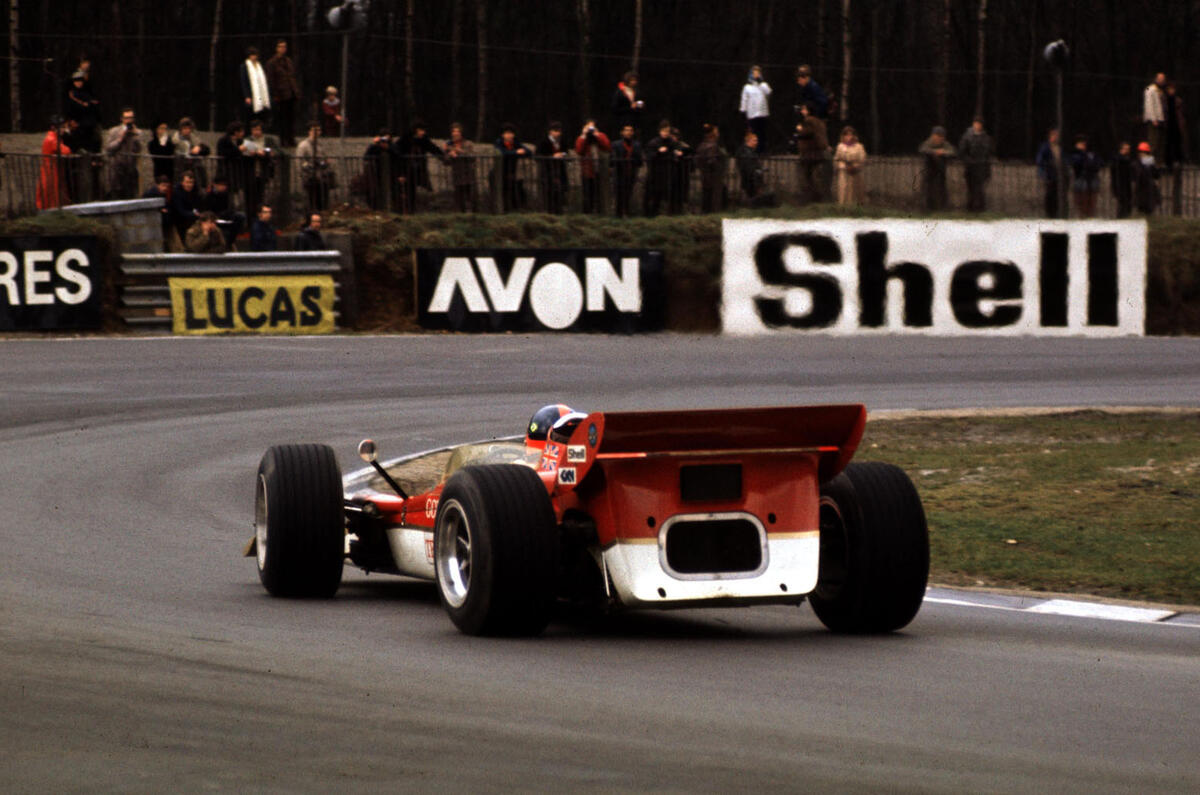
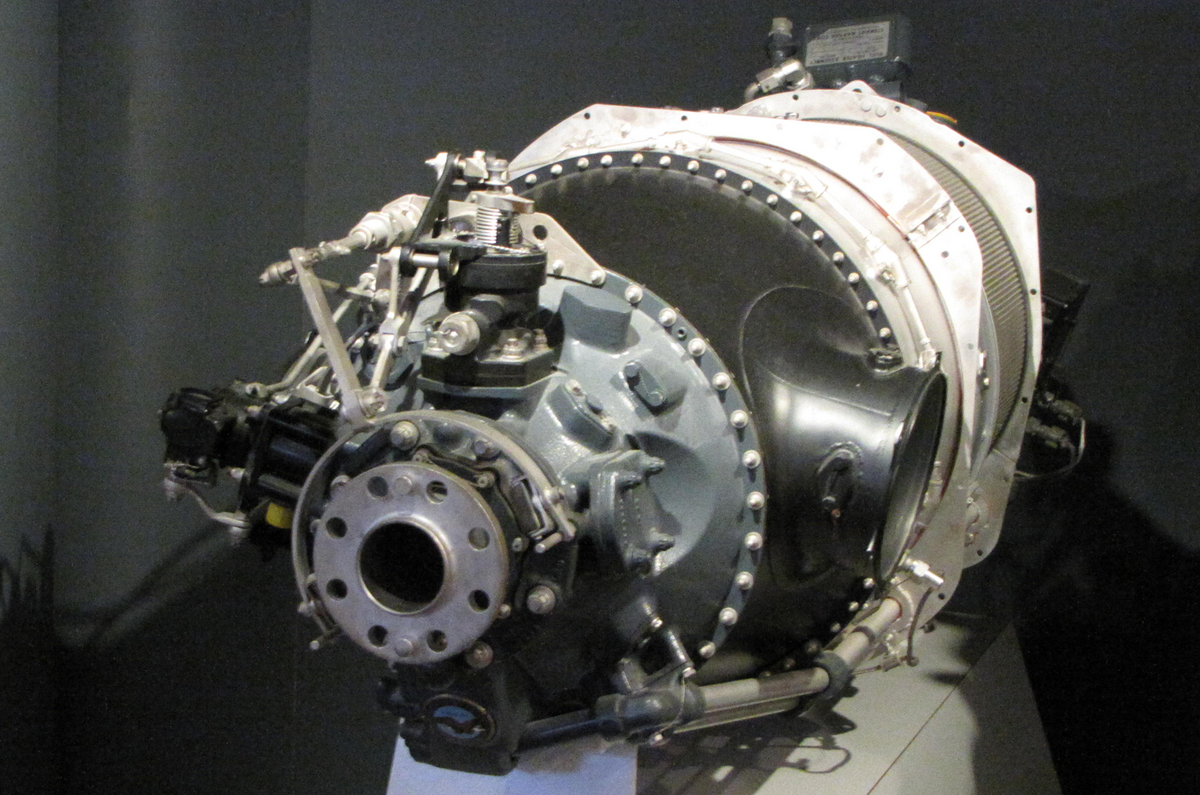
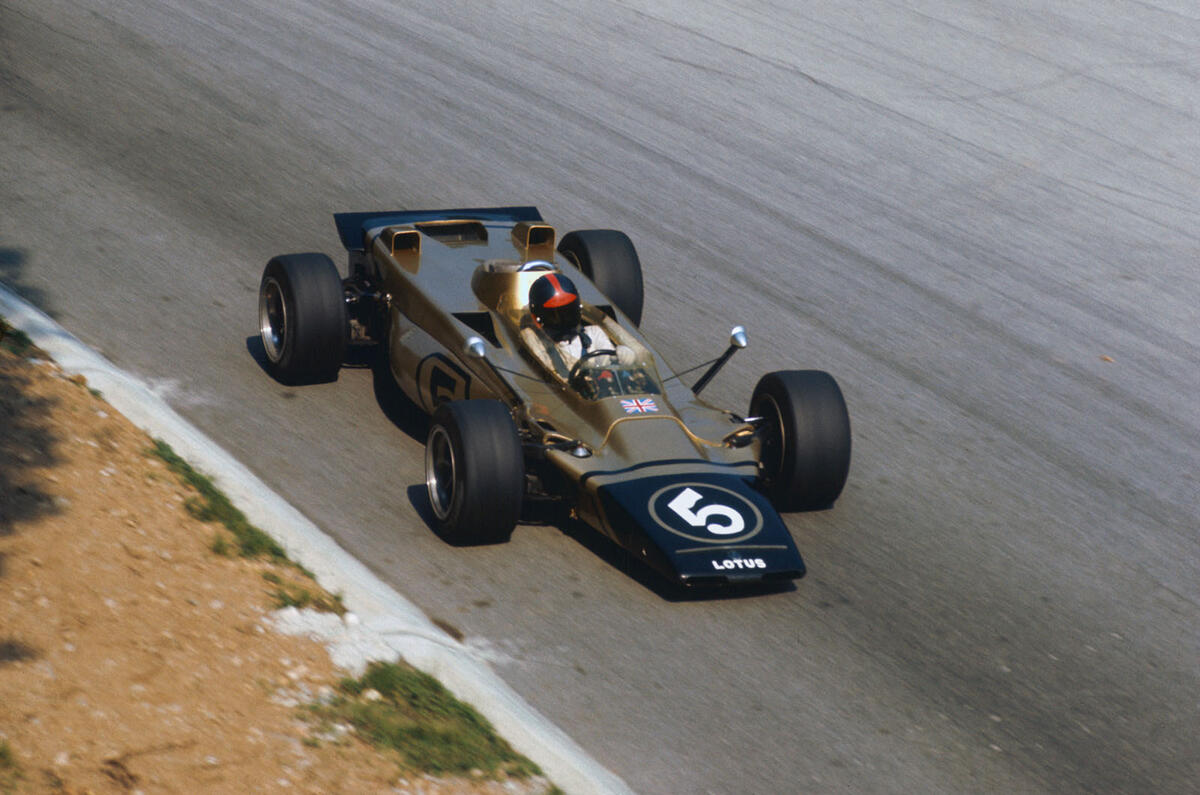
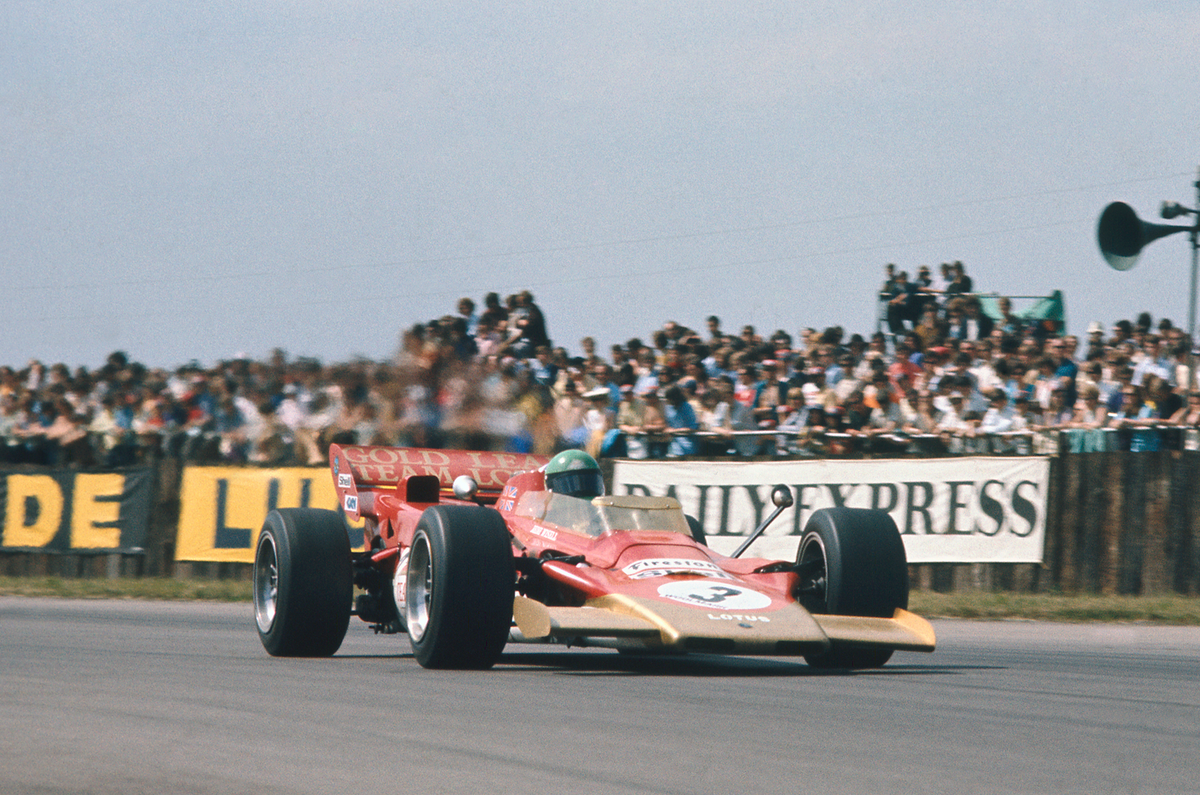
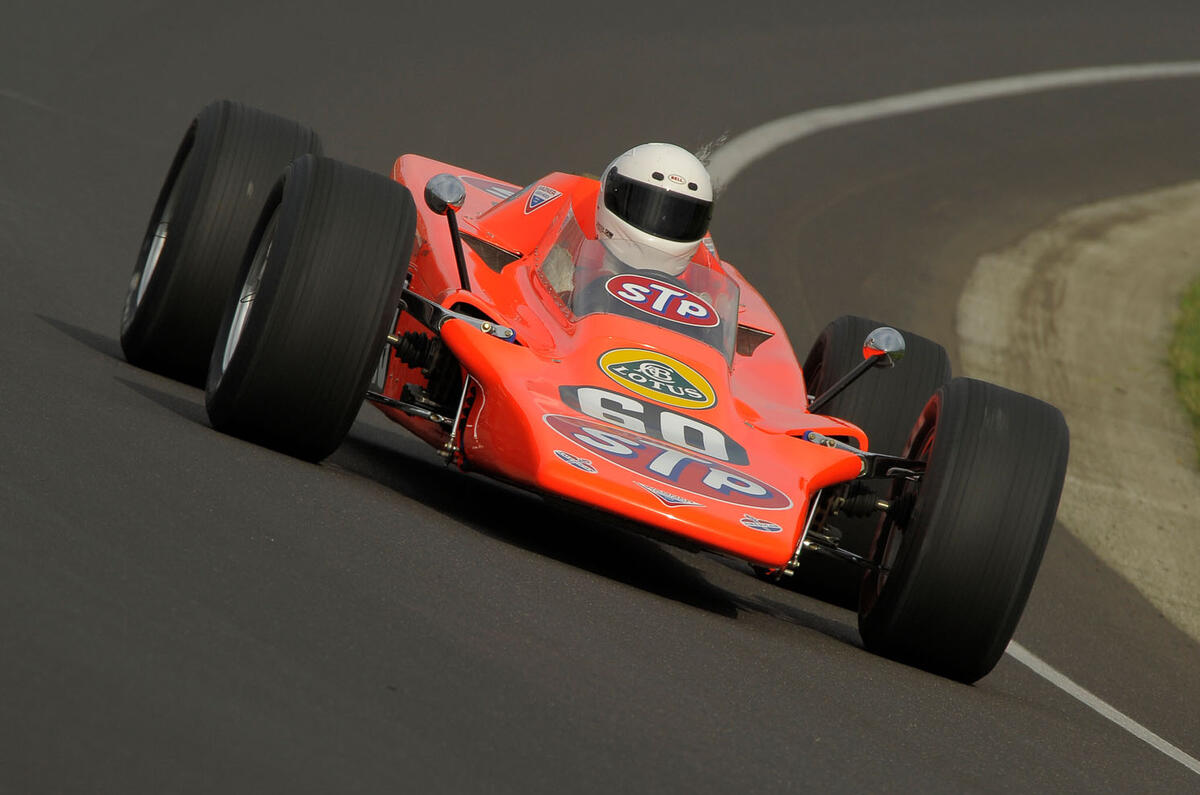
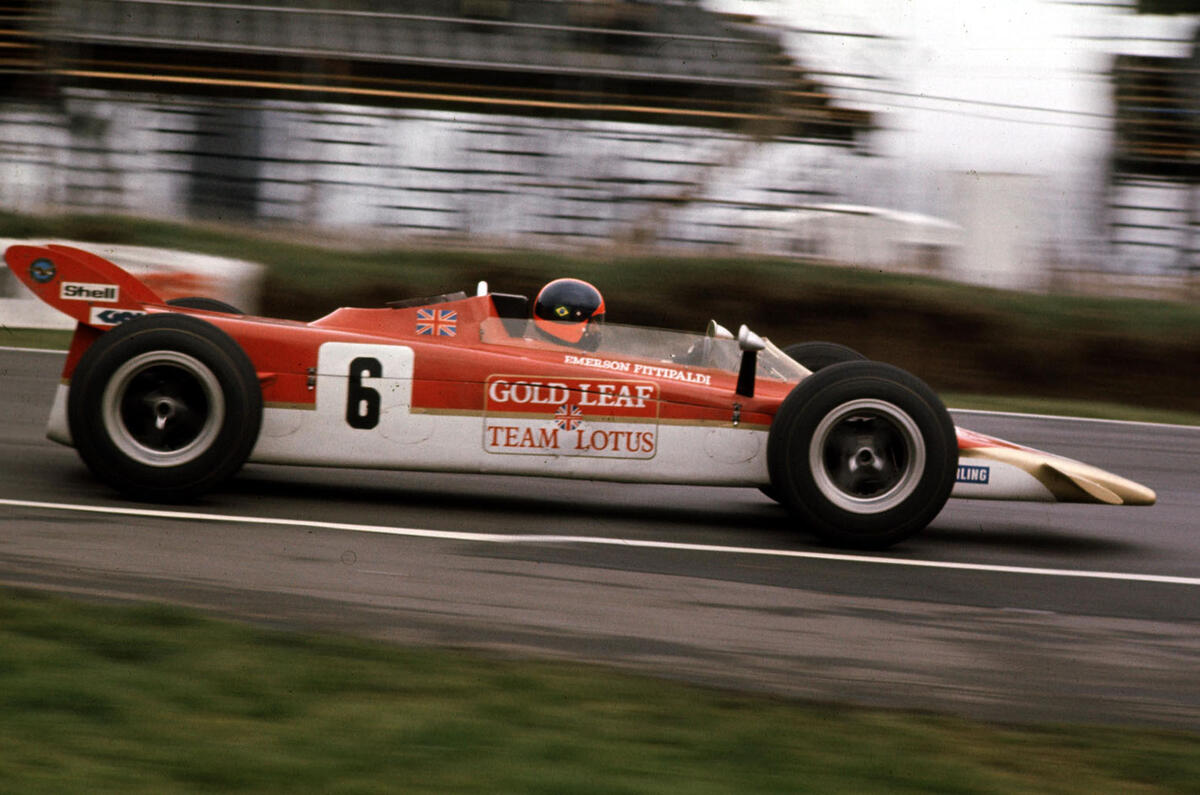
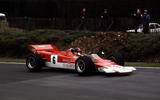
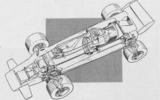
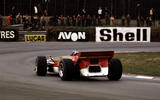
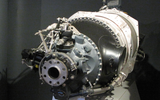

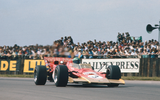
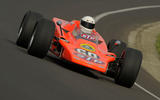
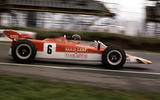

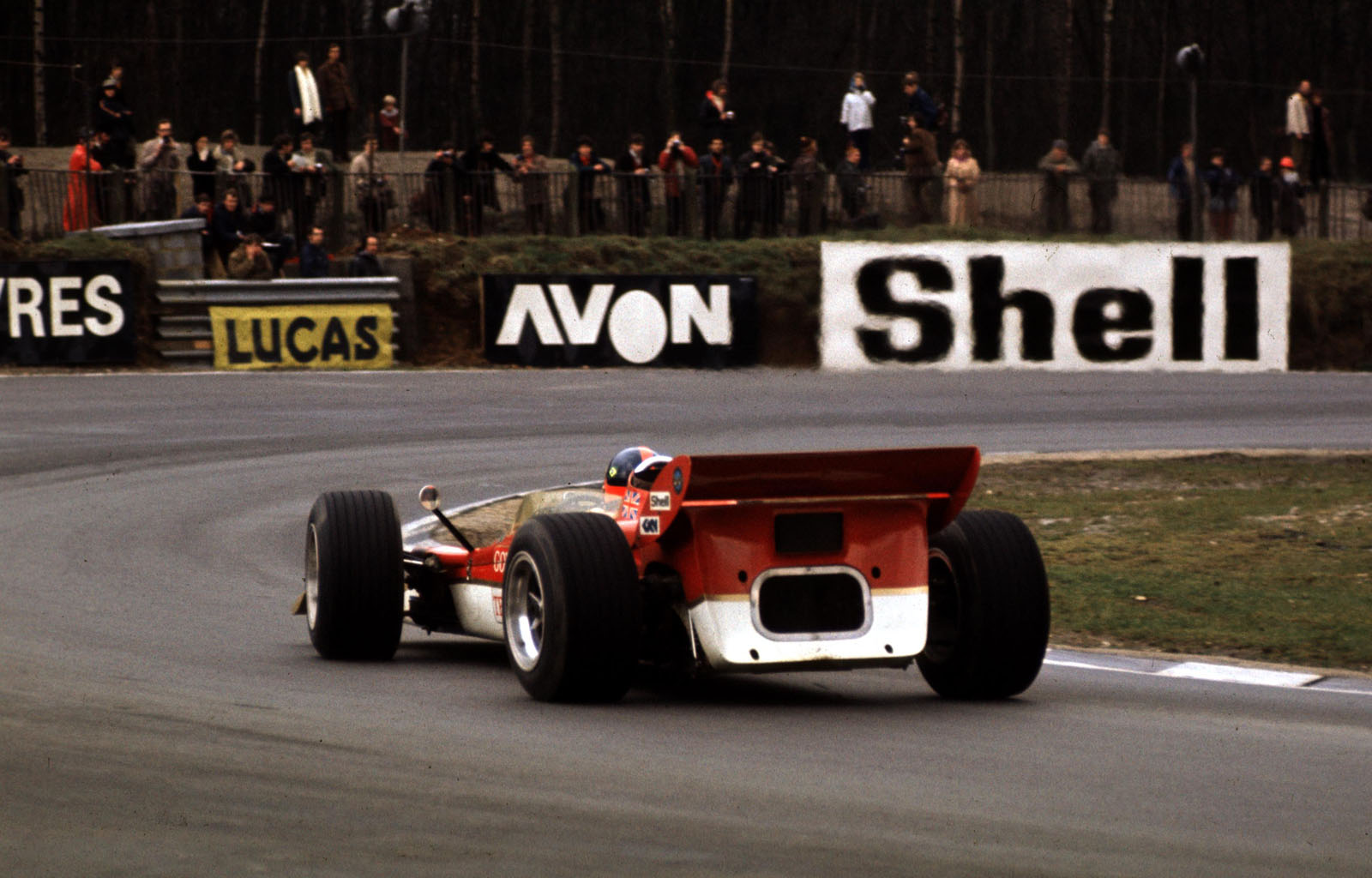


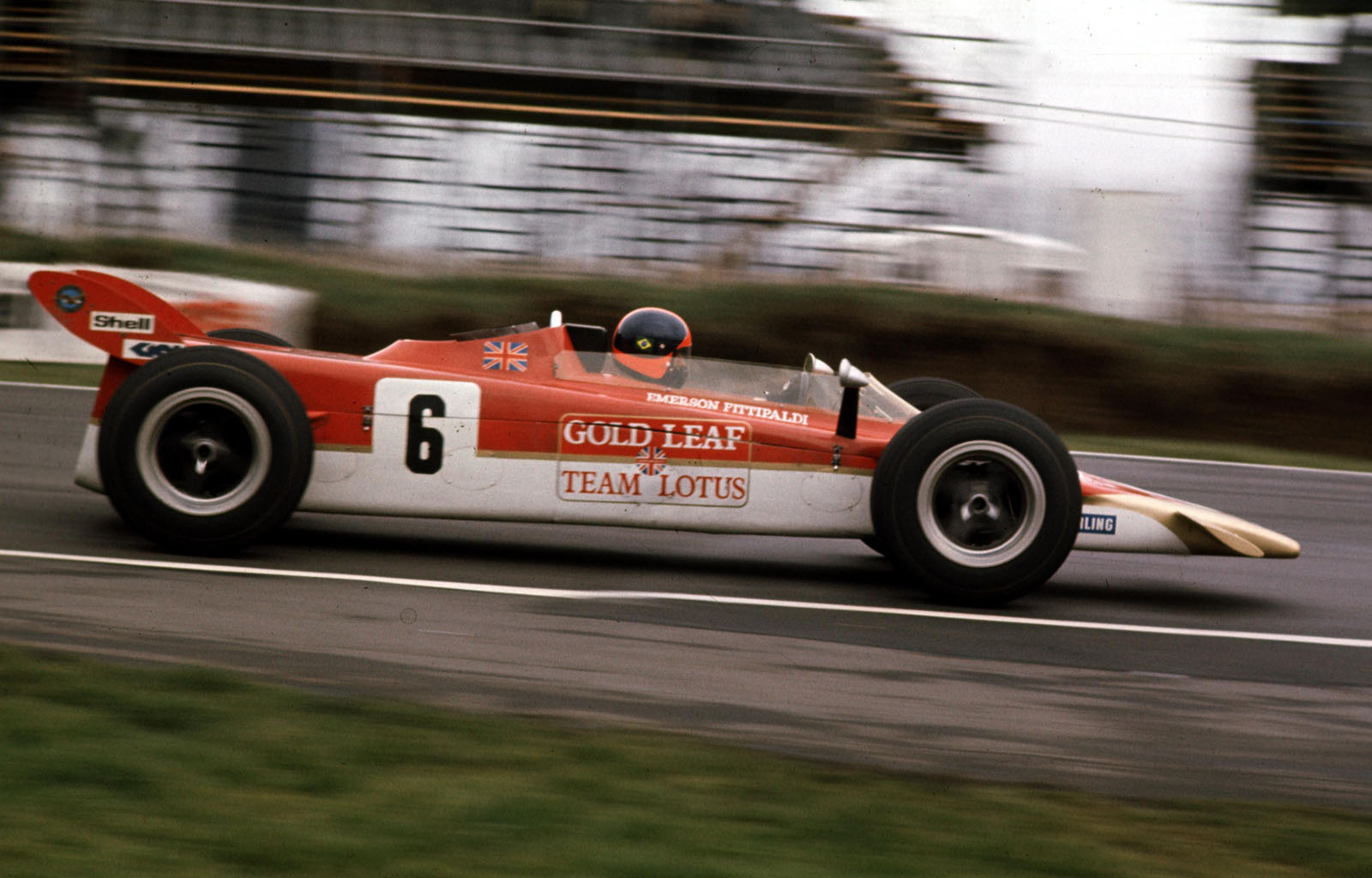
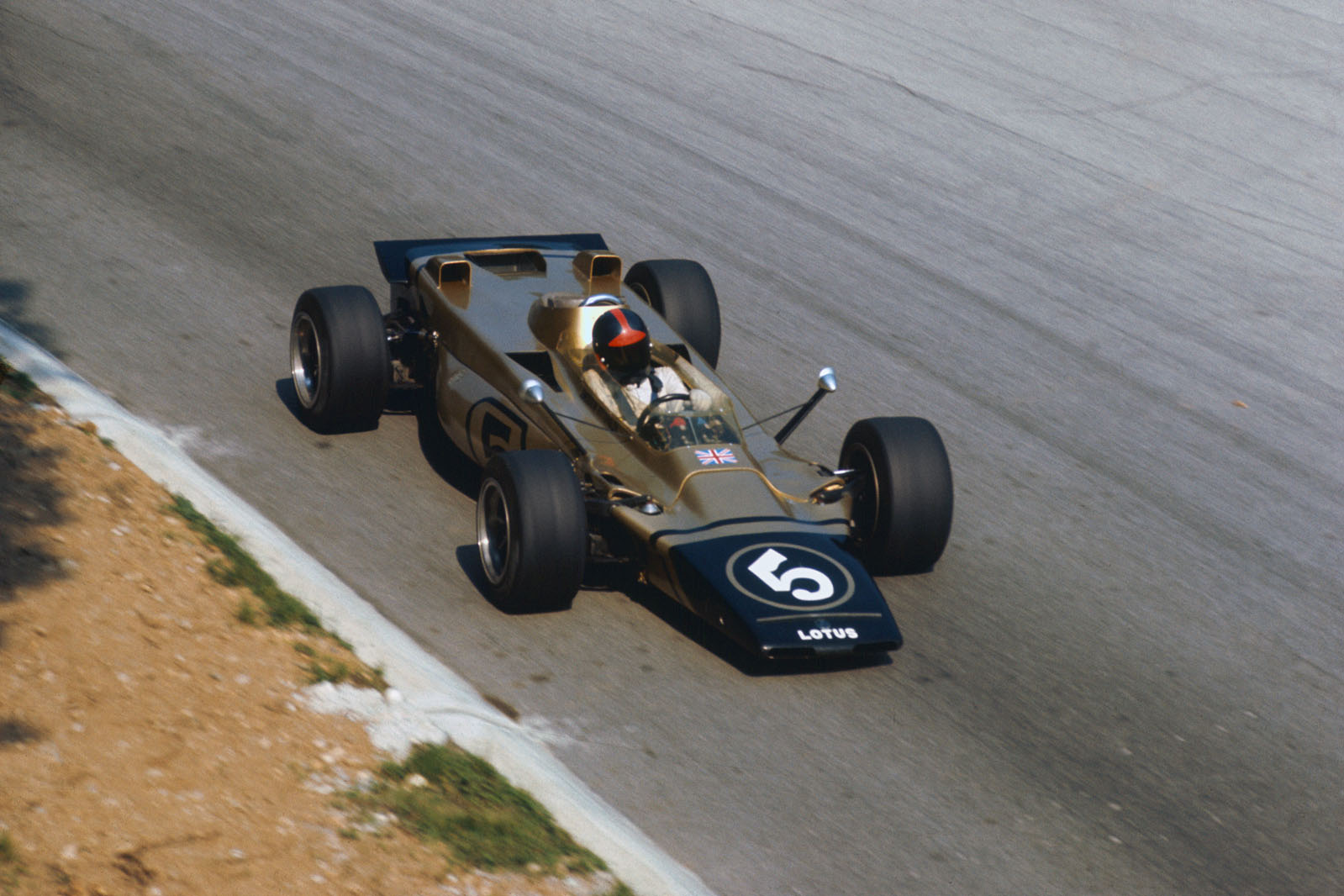


Add your comment